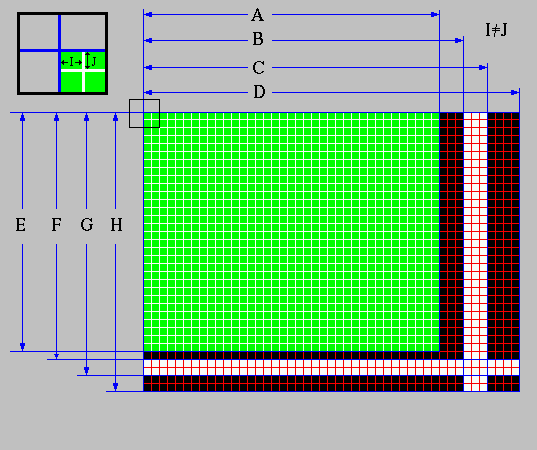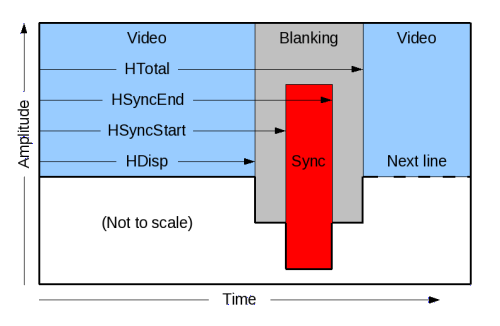By Reuters Noel Randewich
NEW YORK (Reuters) - New markets including home entertainment will be major sources of growth for Intel Corp as more gadgets become connected to the Internet and drive demand for powerful data centers, the top chipmaker's chief financial officer said.
While Intel is eager to sell processors for smartphones, set-top boxes and other connected devices, in many cases the much more expensive chips for servers that are needed to stream movies and other content are a bigger business opportunity, CFO Stacy Smith told the Reuters Media and Technology Summit in New York.
"It's probably true in the digital TV space because if you think about it, the content that is going to be served to these devices is extraordinary," he said on Wednesday.
"It's increasingly high-def digital content, so it's got to be driving a pretty significant buildout of the storage infrastructure and server infrastructure that supports all those devices."
The opportunity is not limited to home entertainment. Digital signs, tablets and cars are among other areas increasingly connected to the Internet, fueling demand for more Intel chips, he said.
Smith's comments come as Intel puts together a TV service that includes a set-top box employing technology that can distinguish who is watching, potentially allowing Intel to target advertising, according to sources.
Smith would not discuss Intel's specific plans for the TV service.
Asked about entertainment industry veterans who have been advising Intel, Smith said, "We hire smart people from a variety of industries that give us insight into industries and they give us capabilities we haven't historically had."
Intel already makes processors for set-top boxes. Comcast, for instance, recently announced the gradual rollout of an Intel-based set-top box that customers can control with their smartphones. Called "X1," the platform will rely on data centers packed with high-end servers -- which typically also use Intel chips.
Intel's processors power 80 percent of the world's PCs but growth in that market has been slowing as more consumers turn to tablets.
A sovereign debt crisis has shaken investor and consumer confidence in Europe, forcing Cisco and other major technology companies to scale back expectations for IT spending there.
Last month, Intel Chief Executive Paul Otellini played down those concerns and said the quarter was playing out as expected.
Smith emphasized China and other markets where PC sales are growing faster than in developed markets, saying a weak Europe is a "baseline" presumption for Intel.


















